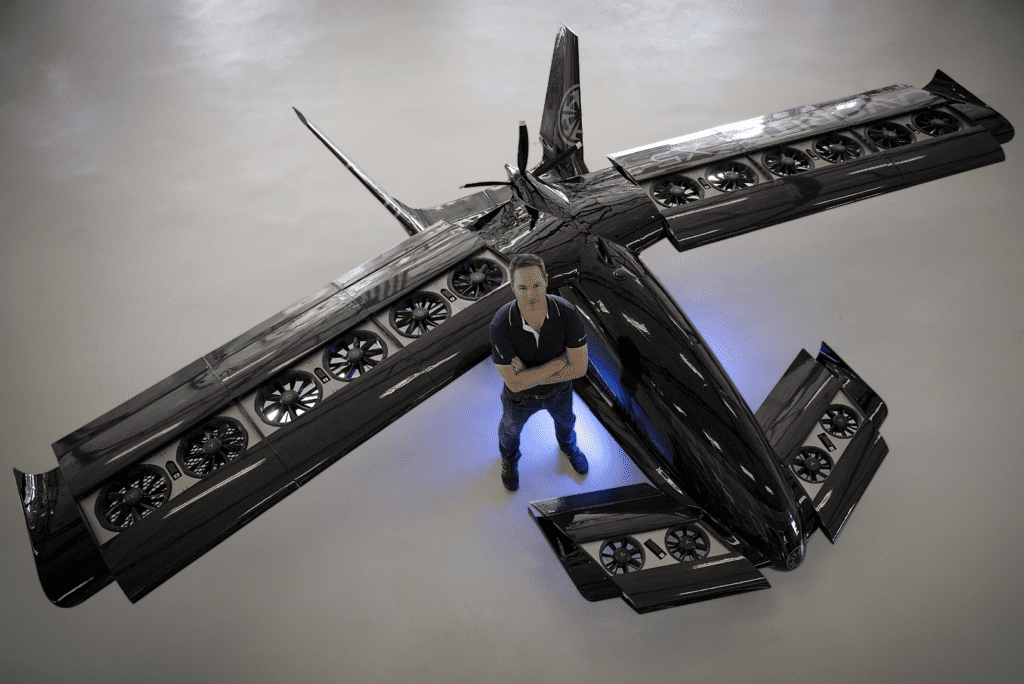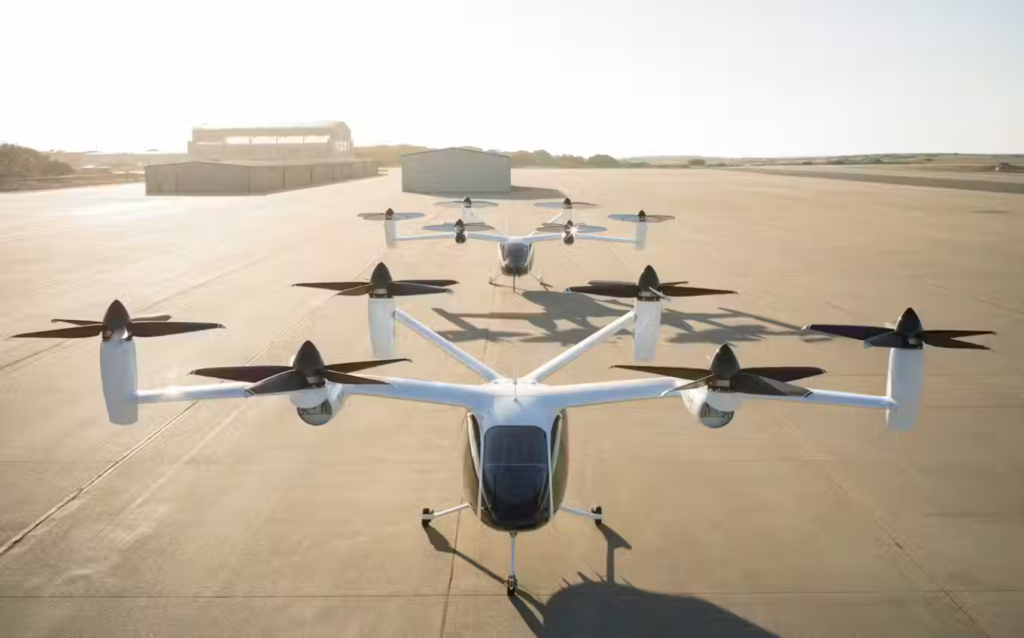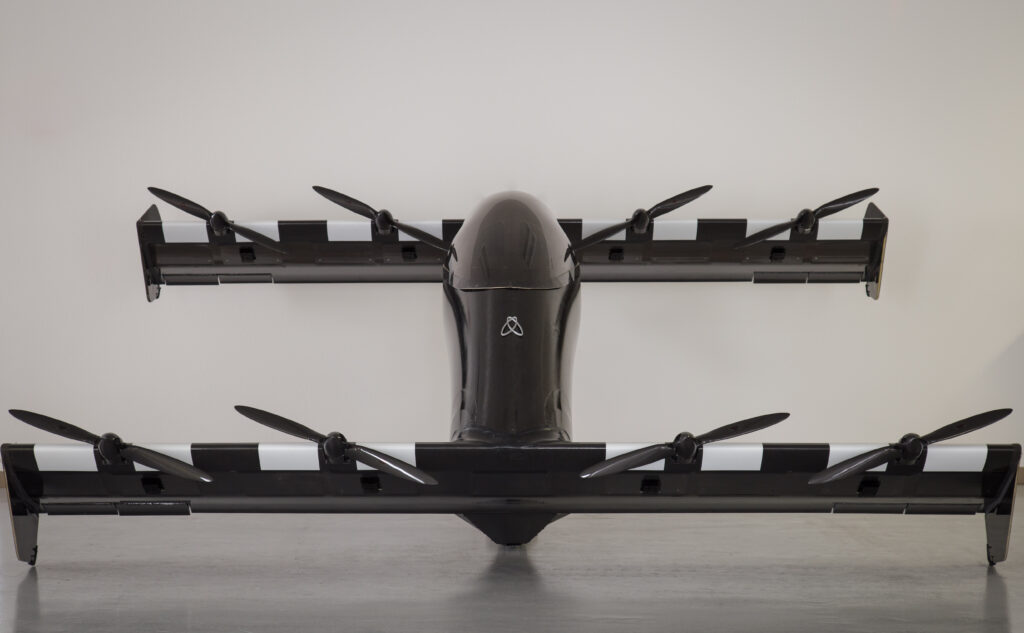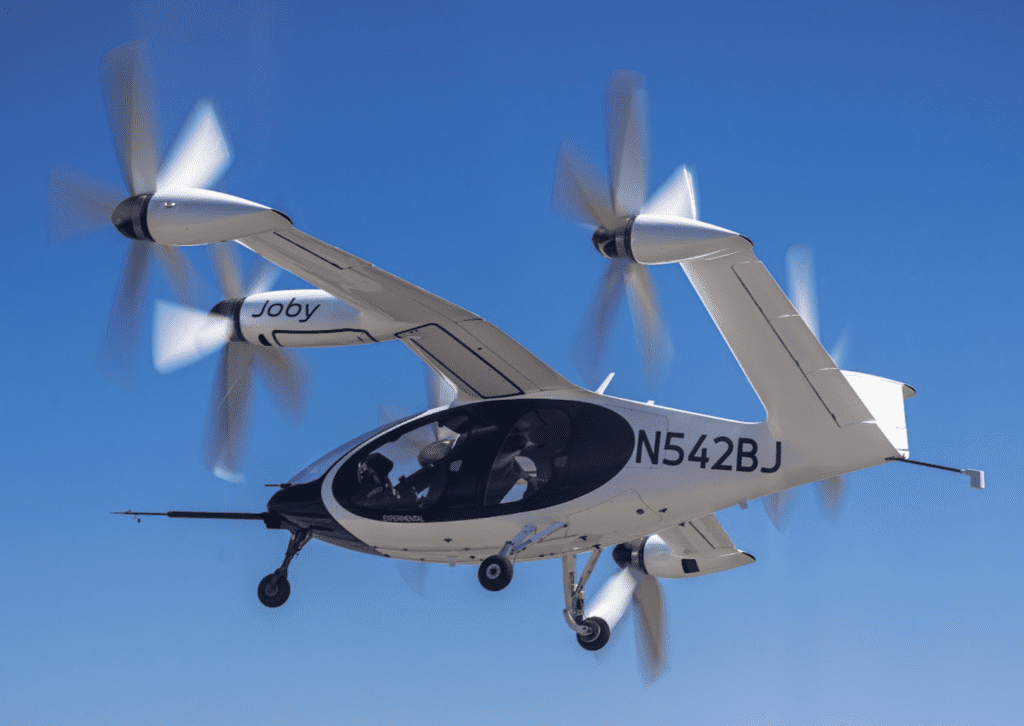The U.S. Air Force Life Cycle Management Center (AFLCMC) at Wright-Patterson AFB, Ohio has laid out some details of possible upgrades to the HH-60W Jolly Green II personnel recovery/combat search and rescue helicopter (PR/CSAR) by Lockheed Martin‘s Sikorsky.
AFLCMC is conducting market research on such upgrades.
Last September, the Air Force awarded Sikorsky an up to $650 million contract to develop and integrate Global Positioning System Anti-Jam, Mobile User Objective System (MUOS) and Degraded Visual Environment (DVE) systems on the HH-60W through fiscal 2030.
DVE conditions, such as smoke, fog, smog, sand, dust, snow, and rotorwash-caused brownout/whiteout during takeoff and landing can significantly decrease aircrew safety.
In a March 5 response to industry questions on the envisioned HH-60W upgrades, AFLCMC said that it wants imagery that would allow aircrews to identify wires and other hazards as small as one inch to one foot in diameter from at least one kilometer away in clear and DVE conditions. Asked whether the Air Force may want Light Detection and Ranging (LiDAR) or medium-wave/long-wave infrared cameras, AFLCMC said it is not specifying technologies before a potential solicitation.
AFLCMC wants industry input on possible merging of HH-60W sensors and processors to reduce size, weight, power and cooling of helicopter DVE and electro-optical infrared (EO/IR) systems, and the command said that candidates for such consolidation include L3Harris Technologies 38-pound Wescam MX-10 EO-IR sensor; the 17-pound Honeywell Primus 701A or 13-pound Honeywell IntuVue RDR-7000 weather radars.
On MUOS, AFLCMC said that the Jolly Green II “requires a MIL-STD-188-187-compliant, beyond line of sight (BLOS) satellite communication (SATCOM) capability upgrade to an integrated, MUOS capable solution to successfully conduct PR/CSAR operations.”
“The current legacy Ultra High Frequency (UHF) Follow-On (UFO) satellite constellation is in decay and will stop supporting HH-60W BLOS SATCOM,” the command said. “The DoD replacement for the UFO satellite constellation is the MUOS, which provides a narrow band military BLOS communication capability with improved operational availability for simultaneous voice and data, and video communications.”
The Department of the Air Force launched 11 Boeing UFO satellites between 1993 and 2003.
Last month, the U.S. Space Force’s Space Systems Command awarded Boeing and Lockheed Martin $66 million firm-fixed-price contracts for risk reduction and early design work for the MUOS service life extension program.
Lockheed Martin built and operates the MUOS constellation of four, narrowband voice and data military communications satellites and one on-orbit spare. MUOS SLEP is to add two MUOS satellites to the fleet to support legacy UHF channels.
On GPS anti-jamming (GPS-AJ) upgrades for the HH-60W, AFLCMC said that the Jolly Green II “requires an integrated GPS-AJ solution to successfully conduct PR/CSAR operations.”
“Degradation of GPS signal reception directly impacts the accuracy of HH-60W navigation systems by forcing sole reliance on Inertial Navigation System (INS) performance which is inherently susceptible to drift,” AFLCMC said. “Dependence on INS can result in aircraft position errors and complicates operations where increased crew workload is required to precisely navigate to and locate isolated personnel. Secondary effects on other onboard GPS-aided equipment may also manifest themselves via degraded performance to aircraft survivability and datalink systems.”
“The potential proliferation of low cost, mobile GPS jammers is virtually limitless,” the command said. “Without a GPS-AJ capability to counter spoofing and jamming, HH-60W aircrew are at significant risk to succumb to GPS exploitation, resulting in potential mission failure and/or loss of crew, aircraft, and/or survivor. The GPS-AJ solution must be compatible with M-Code signal and M-code Embedded GPS/Inertial Navigation System (EGI).”
The post USAF Lays Out Details of Possible HH-60W Upgrades appeared first on Avionics International.
—————
Boost Internet Speed–
Free Business Hosting–
Free Email Account–
Dropcatch–
Free Secure Email–
Secure Email–
Cheap VOIP Calls–
Free Hosting–
Boost Inflight Wifi–
Premium Domains–
Free Domains









